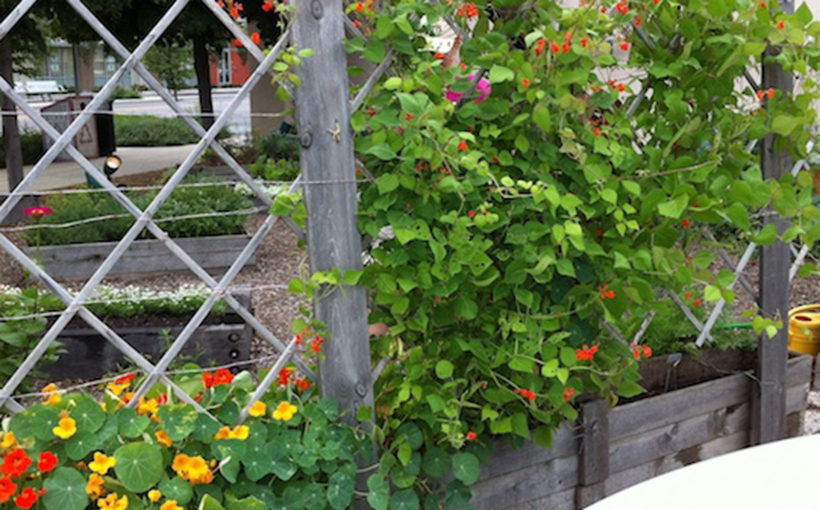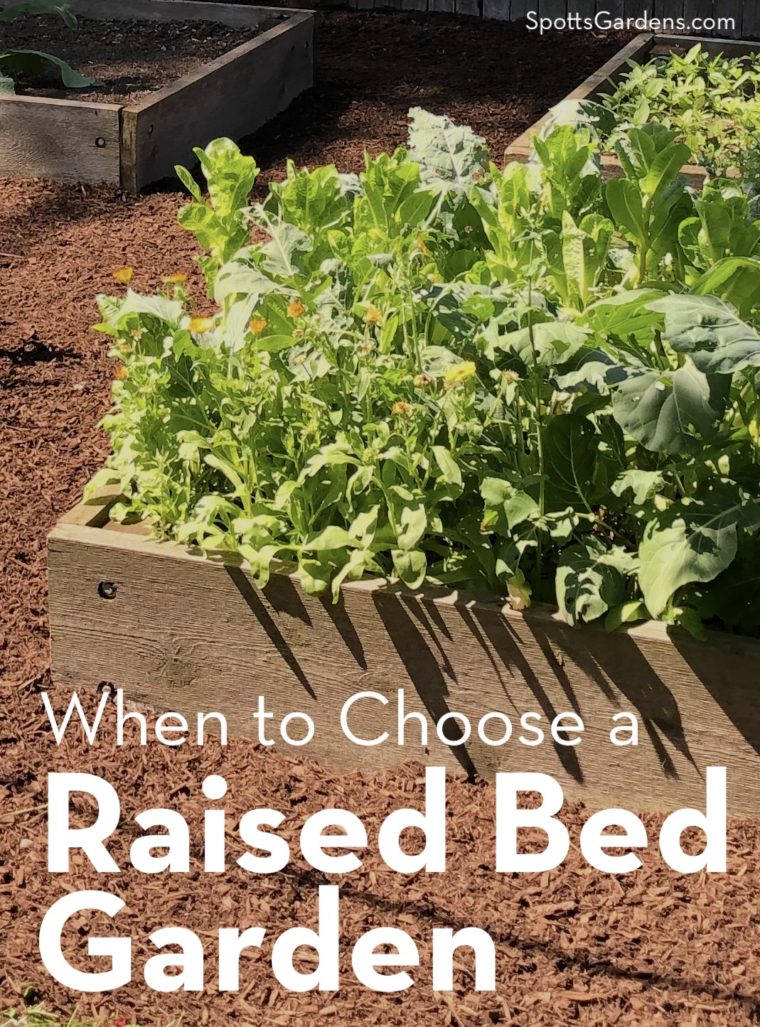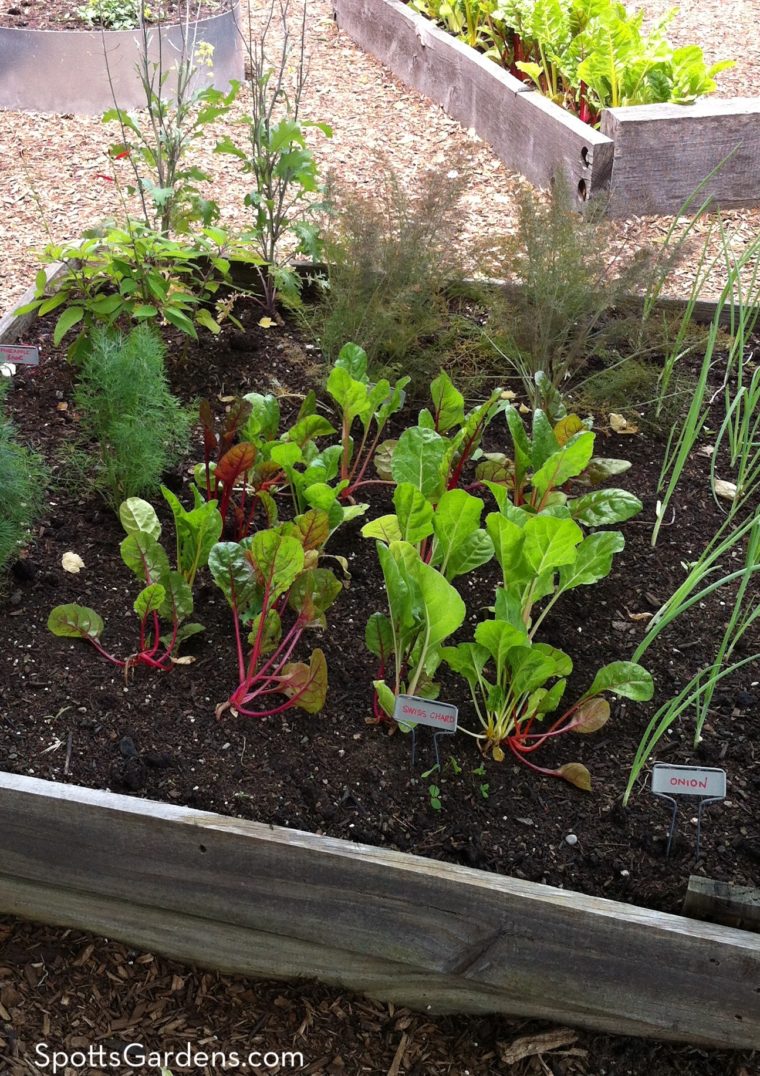You can have a great garden by growing straight in the ground or by growing in a raised bed. How do you choose? Read on for our raised-bed pros and cons. Then check out these posts for more about creating and filling raised bed gardens.
Reasons to Choose a Raised Bed
Your soil is contaminated with lead or other heavy metals.
Raised beds are filled with new soil. As a result, your food grows above the existing soil, which bypasses issues with contamination.
Your soil is extremely hard, rocky, or otherwise poor.
Creating good soil takes time. You’ll need to amend your soil with compost over several seasons. But with a raised bed, your fresh new soil is ready to plant immediately.
Your planting site is weedy.
Weed seeds live in the ground for decades, just waiting to be unearthed. If you are gardening on a completely new site, importing new soil can bypass churning up those seeds. And the tidy confines of a raised bed are easier to keep weeded.
You have mobility issues.
Raised and elevated beds are an excellent choice for gardeners in wheelchairs or those with other forms of limited mobility.
Building a bed 24″ tall allows a wheelchair gardener to pull up to the side of the bed. Table-top gardens are another option, especially for shallow-rooted crops like salads greens. Keep wheelchair-accessible beds narrow; 2′ to 2.5′ is the most comfortable reach for those in a seated position.
If bending down is difficult, you can build your bed 30″ high and tend it standing up.
With these extra-deep beds, put a false bottom in about 12″ from the top, so you only need to fill the top 12″ with soil.
You need a specialized soil.
For example, if you’d like to plant blueberries, which need an acidic soil, you’ll have a hard time adjusting the pH of your existing central Indiana soil. A raised bed lets you create the soil mix that best supports your specialty plants.
You love the tidy look of raised beds.
If you want a potager (an ornamental food garden) or a formal look in your kitchen garden, raised beds are an easy way to get it.
Downsides to Growing in Raised Beds
Raised beds are more expensive than creating in-ground beds.
Whether you buy it or build it yourself, raised beds have an initial cost. Don’t forget that you’ll also have to import a soil mix.
Wooden raised beds have to be replaced periodically.
Even if built from cedar (the preferred wood for its resistance to rot), wooden beds have a shelf life. Expect on average about 8 to 10 years for a cedar bed, and about 4 to 5 years for one built from regular framing lumber.
Raised beds can dry out faster.
Raised bed gardens are a favorite among vegetable gardeners because they dry out for planting faster than the soil around them in spring. But the flip side is that raised beds are harder to keep consistently moist. In arid climates, for example, beds are sunken rather than raised to collect any moisture that falls.
Alternatives to Growing in Raised Beds
You can get some of the same benefits of raised bed gardening by creating permanent paths in your garden and staying on them. Over time, the paths will compact. And since each season you’ll add compost and mulch to your beds, over time the beds will rise, creating a form of raised bed without the sides.
For the easy way to create beds on the ground, check out our post on sheet mulching.
Decided to grow in a raised bed? Check out these other posts!


